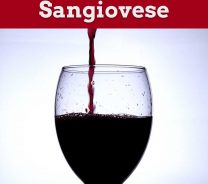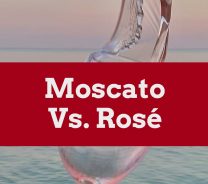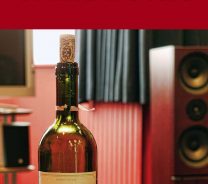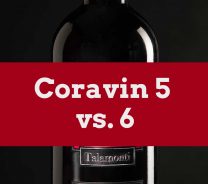Sauvignon Blanc vs Cabernet Sauvignon: The Untold Similarities, Differences & Selection Criteria
Last Updated on August 1st, 2023
Reader Disclosure Disclosure: We may earn commissions for purchases made through links on our site. Learn more on our about us page.You’re wondering about the specific comparisons of Sauvignon Blanc and Cabernet Sauvignon. Both of these wines have ‘Sauvignon’ in them, right?
They must be similar! If they aren’t similar, how are they different? Which one is better? Let’s get into it!
Is Sauvignon Blanc The Same As Cabernet Sauvignon?
Although Sauvignon Blanc is a definitive parent of Cabernet Sauvignon, the two are not the same and hold more differences than similarities.
Throughout this article, you’ll explore those differences that set each other apart.
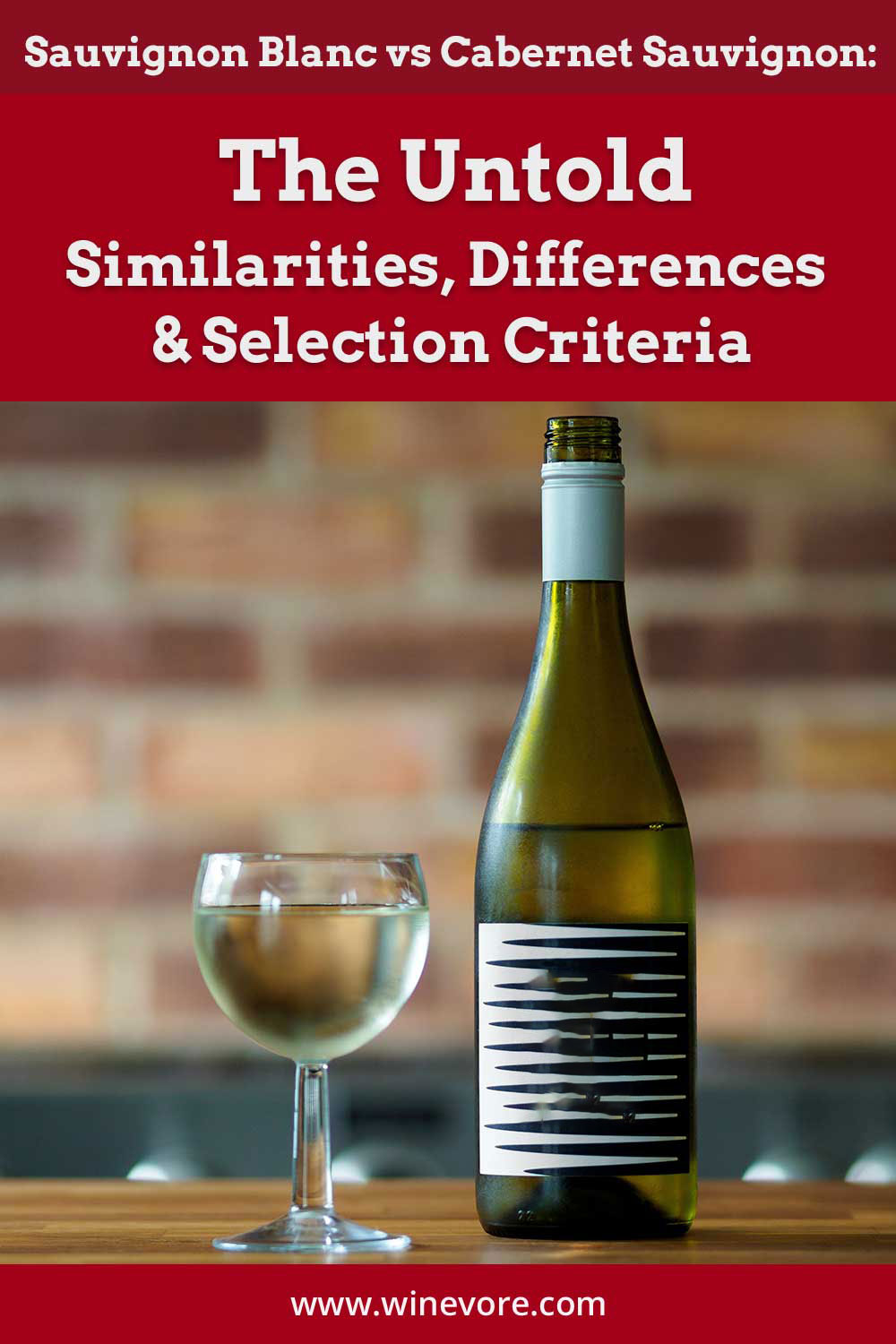
What Is Similar About Sauvignon Blanc And Cabernet Sauvignon?
The first and most obvious similarity between these two wines is that one of Cabernet Franc’s parent grapes is indeed Sauvignon Blanc.
Both are originating from France, and they both hold their own reputations in Bordeaux.
What Is The Difference Between Sauvignon Blanc And Cabernet Sauvignon?
While holding mild similarities, the two hold big differences. Sauvignon Blanc is a white wine created with a green-skinned grape variety.
One parent grape of Sauvignon Blanc has been identified as a descendant of Savignon, while the other parent grape remains identified. The baseline notes and styles of the wine also differ from Cabernet Franc.
Sauvignon Blanc can be created into sparkling, light-bodied, and dessert wines that each may hold baseline notes of gooseberry, honeydew, grapefruit, peach, and passion fruit.
Coming from these basics to Cabernet Sauvignon, there are differences to cover. The first is the most obvious, the grape color. Cabernet Sauvignon is a red wine, not a white, and also holds different parent grapes, both of which have been identified today.
The first is Cabernet Franc, a black grape variety from France, and surprisingly enough, Sauvignon Blanc.
Cabernet Sauvignon is created into a dry wine with the primary notes of black cherry, cedar, baking spices, and graphite, according to Wine Folly.
Which Is Sweeter Or Drier Than The Other?
You will find that generally speaking, both Sauvignon Blanc and Cabernet Sauvignon have dry styles; those specific styles will not out-sweet each other. Both remain dry with no sweetness.
However, when comparing a light-bodied or dessert Sauvignon Blanc to the dry Cabernet Sauvignon, you’ll easily find that the Sauvignon Blanc will be slightly, if not completely sweeter.
Which One Has More Alcohol Content?
Generally speaking, Cabernet Sauvignon usually has a high alcohol content. Sauvignon Blanc has an average alcohol content level of 12-14% by volume.
The alcohol levels for the Cabernet Sauvignon are proven to have varied based on the regions in which it was produced.
Your average Cabernet Sauvignon exceeds an alcohol content level of 13.5% – however, in California, Australia, and Chile, the Cabernet Sauvignon tends to exceed 14.5% to over 15%.
How Do I Choose Between Sauvignon Blanc and Cabernet Sauvignon?
The wines’ overall flavor and aroma profiles can vary, so depending on your personal preferences when it comes to wine, you’ll surely be able to choose easily.
If you enjoy red wine with warm flavors like cedar, baking spices, and black cherry, you will more likely enjoy a Cabernet Sauvignon. If you also enjoy wines like Mourvedre or Aglianico, you will enjoy a Cabernet Sauvignon.
If you enjoy a white wine over a red, with fruit flavors like honeydew, grapefruit, or passion fruit, you’ll likely enjoy a Sauvignon Blanc. If you also enjoy wines such as Alberino or Pinot Blanc, you will enjoy a Sauvignon Blanc.
Final Thoughts On Sauvignon Blanc vs. Cabernet Sauvignon
Although definitely not the same, the two wines hold differences and similarities. Both wines originating from France have differences in notes, aromas, and, obviously enough, color.
They also both carry very different food pairing differences. Overall, you will find that when Sauvignon Blanc is not made into a dry style wine, it will be sweeter than Cabernet Sauvignon.
When produced in California and Australia, Cabernet Sauvignon generally holds a higher alcohol content.


